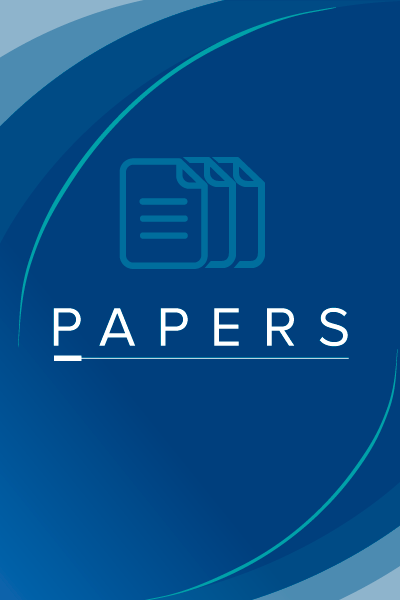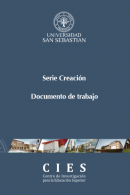
Set constraint model and automated encoding into SAT: application to the social golfer problem
| PROCEDENCIA(S): | Ingeniería y Tecnología, USS Valdivia. |
|---|---|
| CATEGORÍA(S): | Ciencias de la Información y la Computación, Ingeniería de Sistemas y Comunicaciónes, Ingeniería y Tecnología, Matemáticas, Otras Especialidades de las Matemáticas. |
| AUTOR(ES): | Frédéric Lardeux / Eric Monfroy / Broderick Crawford / Ricardo Soto. |
| TIPO DE MATERIAL: | Artículos, Investigación. |
| ARCHIVO: |
 Reconocimiento CC BY. Esta obra está bajo una Licencia Creative Commons Reconocimiento CC BY 4.0 Internacional.
Reconocimiento CC BY. Esta obra está bajo una Licencia Creative Commons Reconocimiento CC BY 4.0 Internacional.
On the one hand, constraint satisfaction problems allow one to expressively model problems. On the other hand, propositional satisfiability problem (SAT) solvers can handle huge SAT instances. We thus present a technique to expressively model set constraint problems and to encode them automatically into SAT instances. We apply our technique to the social golfer problem and we also use it to break symmetries of the problem. Our technique is simpler, more expressive, and less error-prone than direct modeling. The SAT instances that we automatically generate contain less clauses than improved direct instances such as in Triska and Musliu (Ann Oper Res 194(1):427–438, 2012), and with unit propagation they also contain less variables. Moreover, they are well-suited for SAT solvers and they are solved faster as shown when solving difficult instances of the social golfer problem.


